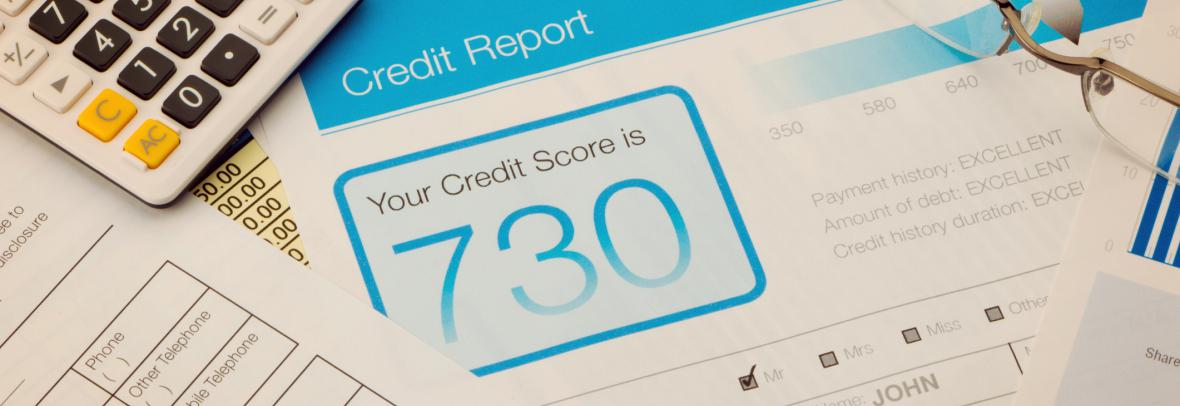Big Change to Credit Scores Could Impact Homebuyers
courtney/getty images
As published in Florida Realtor January 27, 2020
Some buyers who qualified for a mortgage won’t by summer – but others who didn’t qualify might be better off after a calculation change affects about 110 million consumers. In general, older credit-score issues, such as late payments, will have less impact than recent ones.
NEW YORK – About 40 million consumers who have fallen behind on their bills or have rising debt levels could see their credit scores fall significantly under changes being made to FICO.
Fair Isaac, which produces the widely used credit score, said the severity of the downward shift for those with the lowest credit scores, 600 or below, would depend on how recently the consumer had fallen behind and by how much.
About 40 million consumers who already have high credit scores, at least 680, could see it rise even further. “Consumers that have been managing their credit well … paying bills on time, keeping their balances in check are likely going to see a gain in score,” Dave Shellenberger, vice president of product management scores, said in a statement.
Overall about 110 million people will see their scores swing about 20 points in either direction, according to Fair Isaac. Companies could adopt the new scoring model as soon as this summer, the company said.
The changes come as consumers are accumulating record levels of debt that has worried some economists but has shown no sign of slowing amid a strong economy. Consumers are putting more on their credit cards and taking out more personal loans. Personal loan balances over $30,000 have jumped 15% in the past five years, Experian recently found.
Despite increasing debt loads, delinquency rates have remained relatively low. About 6% of consumers were late on a payment in 2019 compared with 15% in 2009, according to WalletHub.
The changes being implemented by Fair Isaac were first reported by The Wall Street Journal.
Fair Isaac periodically updates its scoring model. In recent years, the changes have generally raised consumers’ scores, increasing the population of people receiving credit card offers and loans.
FICO credit score ranges from a low of 300 to a high of 850. A high score – along with other financial factors – can translate into lower interest rates and more lending options for borrowers. A low score can make it difficult to get a credit card or rent an apartment.
Last year, Fair Isaac said the national average credit score had hit an all-time high of 706 compared with an all-time low of 686 during the Great Recession.
This new model will help reduce defaults, including a potential 9% reduction among new auto loans, Fair Isaac said. New scores, for example, could factor in consumers’ checking and savings account balances over two years rather than just a couple of months. That will give lenders more insight into how people are managing their credit, Fair Isaac said.
“Many lenders want to leverage the most comprehensive data possible to make precise lending decisions,” Jim Wehmann, executive vice president for Scores at FICO, said in a statement.
© Copyright 2020, Erie Times-News, Renae Merle. All rights reserved


Comments
Post a Comment
Your comments are always welcomed and appreciated. Thank you.